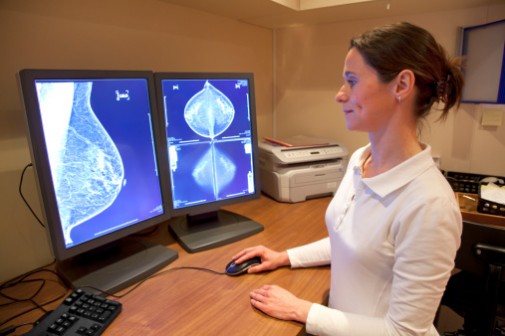Is reconstructive breast surgery an option after a mastectomy?
For many breast cancer survivors, reconstructive breast surgery is a serious consideration before undergoing a mastectomy.
With breast cancer affecting one in eight women in their lifetime, the American Cancer Society (ACS) estimates that currently there are more than 2.9 million breast cancer survivors in the U.S.
A study published in the journal Plastic and Reconstructive Surgery looked at statistics on women’s health over a 10-year period, finding that out of approximately 178,600 mastectomies, 51,400 were followed by immediate breast reconstruction.
Mastectomies remove the breast and more often are done to treat breast cancer or even can be done to prevent cancer in women who have a high risk of getting breast cancer in the future.
Dr. David Shifrin, plastic and reconstructive surgeon with Advocate Medical Group, says that women have the choice to undergo breast reconstruction surgery immediately after a mastectomy or can decide later on to have the procedure.
“For breast cancer patients who undergo mastectomies, we help them determine the most appropriate type of breast reconstruction, if any,” Shifrin says. “A physician will help determine if immediate or delayed reconstruction is best.”
If a patient decides to have the breast reconstruction done immediately, this ultimately helps with reducing the amount of surgery needed and recovery time, he says.
“But for some, it may make the process easier if they decide on a delayed breast reconstruction if they need further radiation after a mastectomy,” Shifrin says.
Dr. Shifrin describes the surgery as a reconstruction of the breast through one of many options: Immediate implants, tissue expanders followed by implants or using the patient’s own tissue. Advocate Christ Medical Center in Oak Lawn, Ill. offers a cutting edge breast cancer program with all the reconstructive options including nipple sparing one-stage implants and DIEP free tissue transfers.
Through the insertion of a breast implant using tissue flaps that may be used from a section of the patient’s skin, fat and even muscle moved from another area of the body to the chest. The implant is either placed in the space created when the tissue is removed or behind the chest muscles to form the breast contour.
The decision to undergo a reconstructive surgery is ultimately up to the patient, but there are several health factors that could contribute to that decision, he says.
“A woman’s general health, stage of breast cancer, the amount of tissue available on the body, among other factors could have a big impact on surgery options,” Shifrin says.
The ACS says that women can experience pain and soreness following surgery for up to two weeks, but should be back to regular routines in six to eight weeks.
“Recovery from any surgery is different per patient,” he says. “But the outcome is all about helping the patient get back to their normal life again.”


















